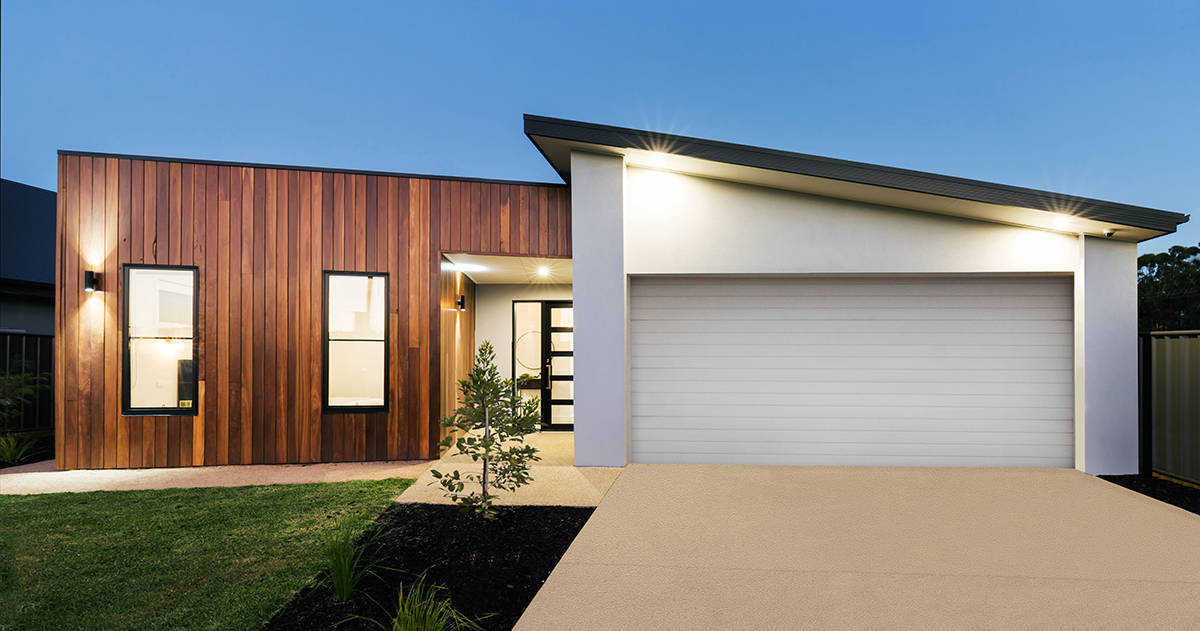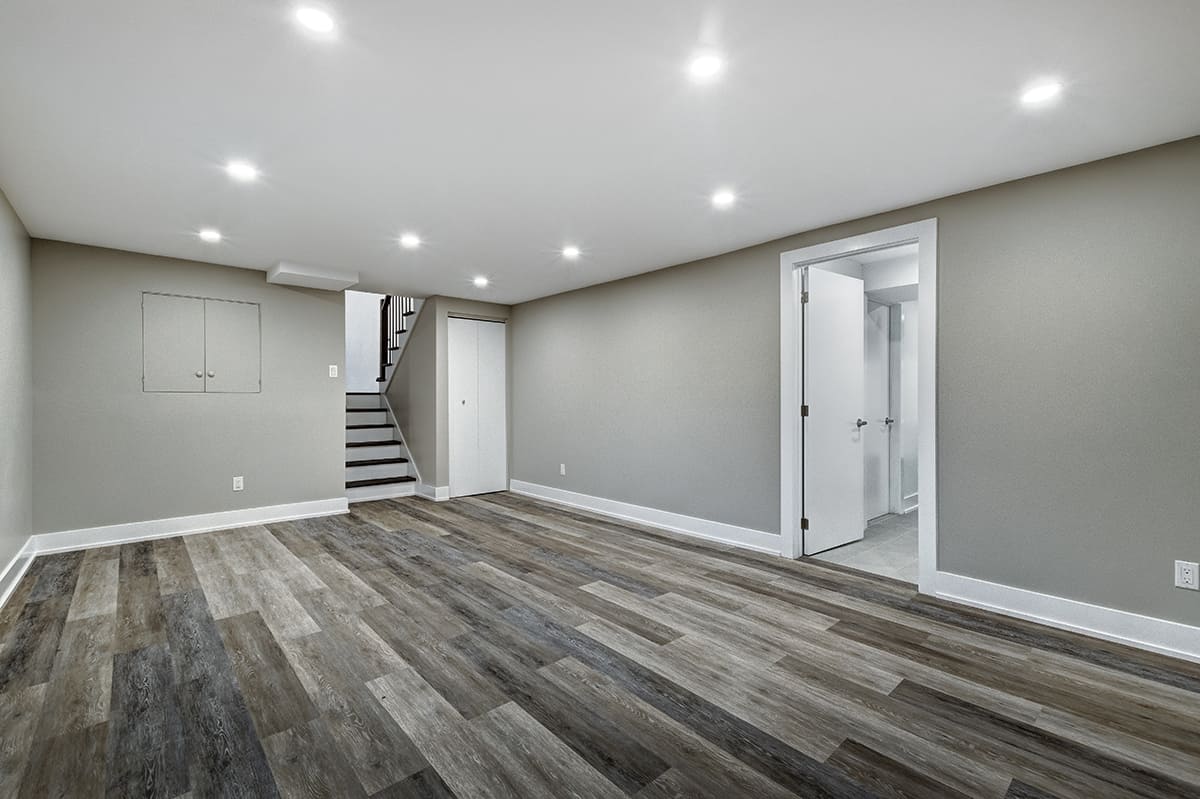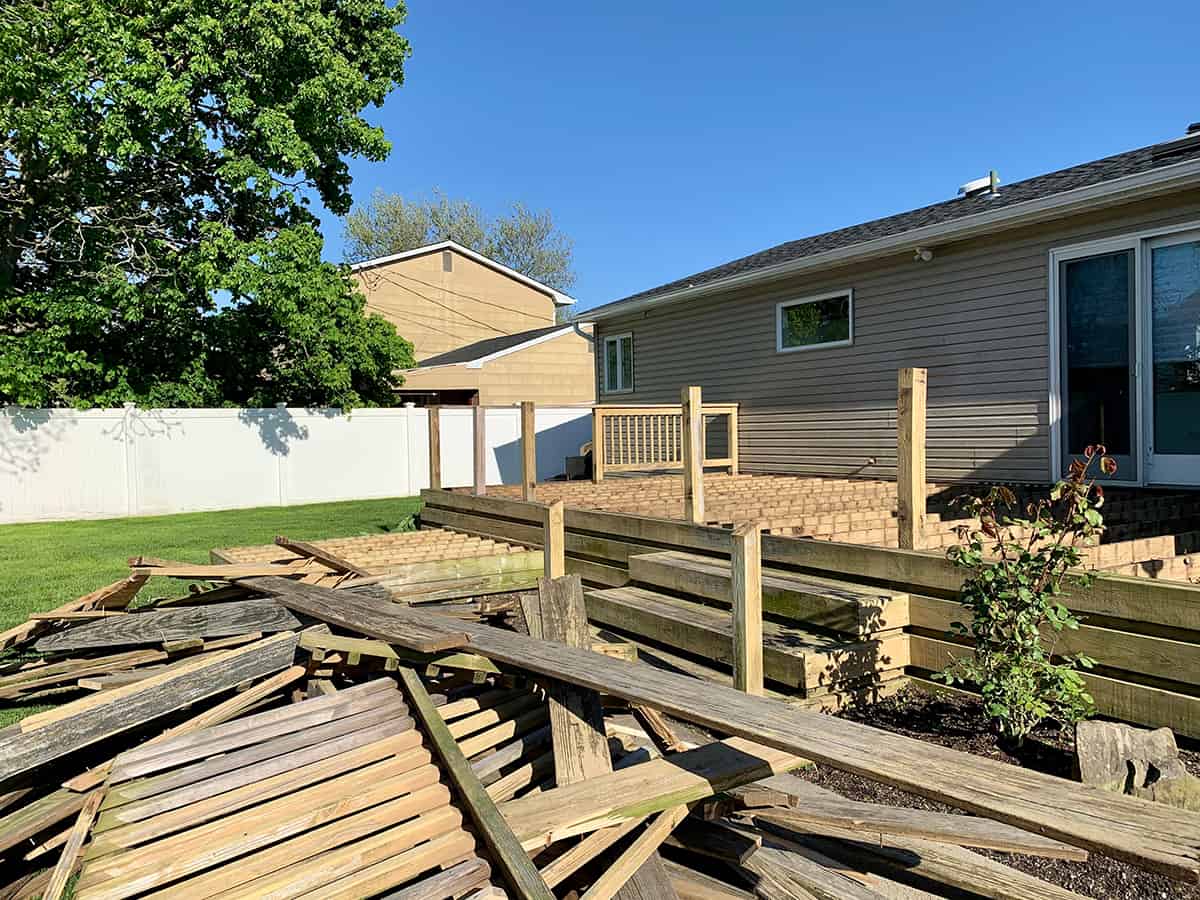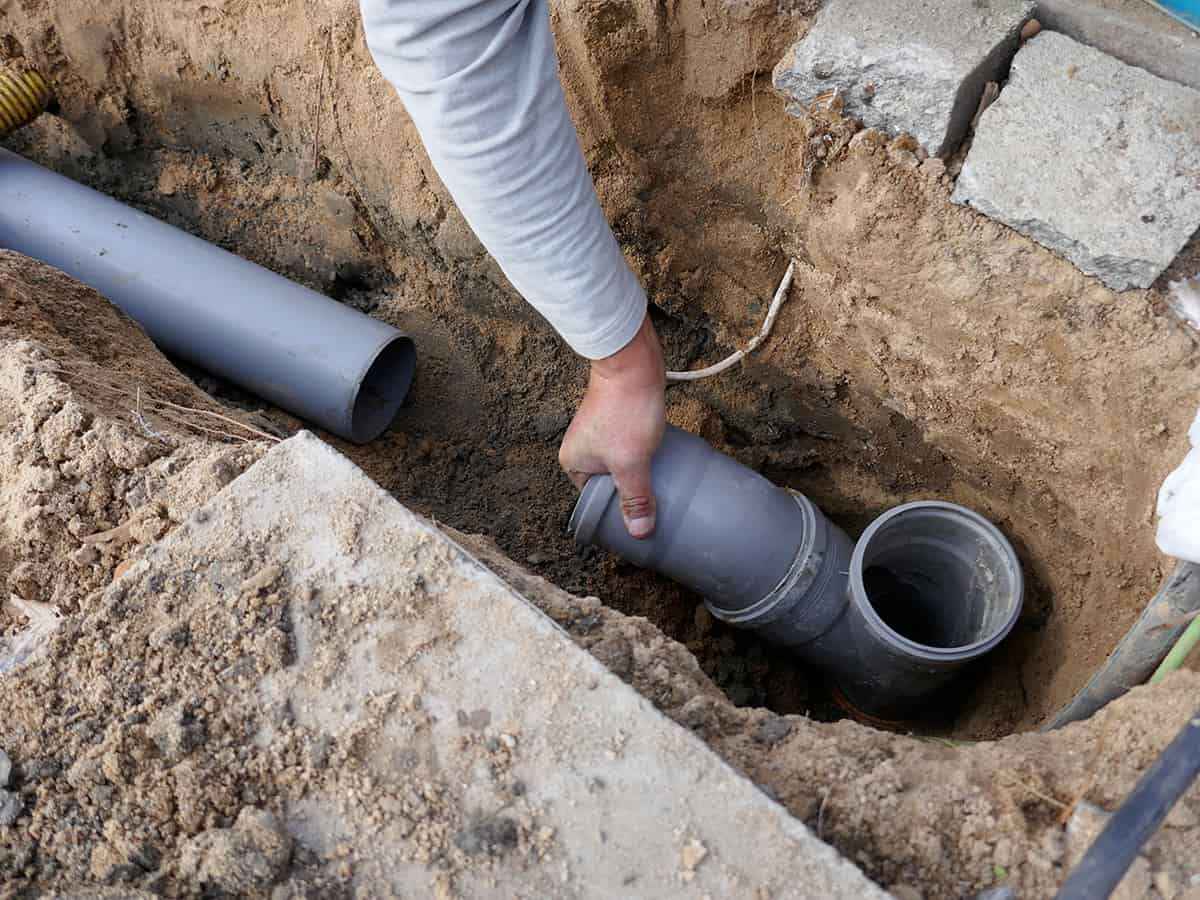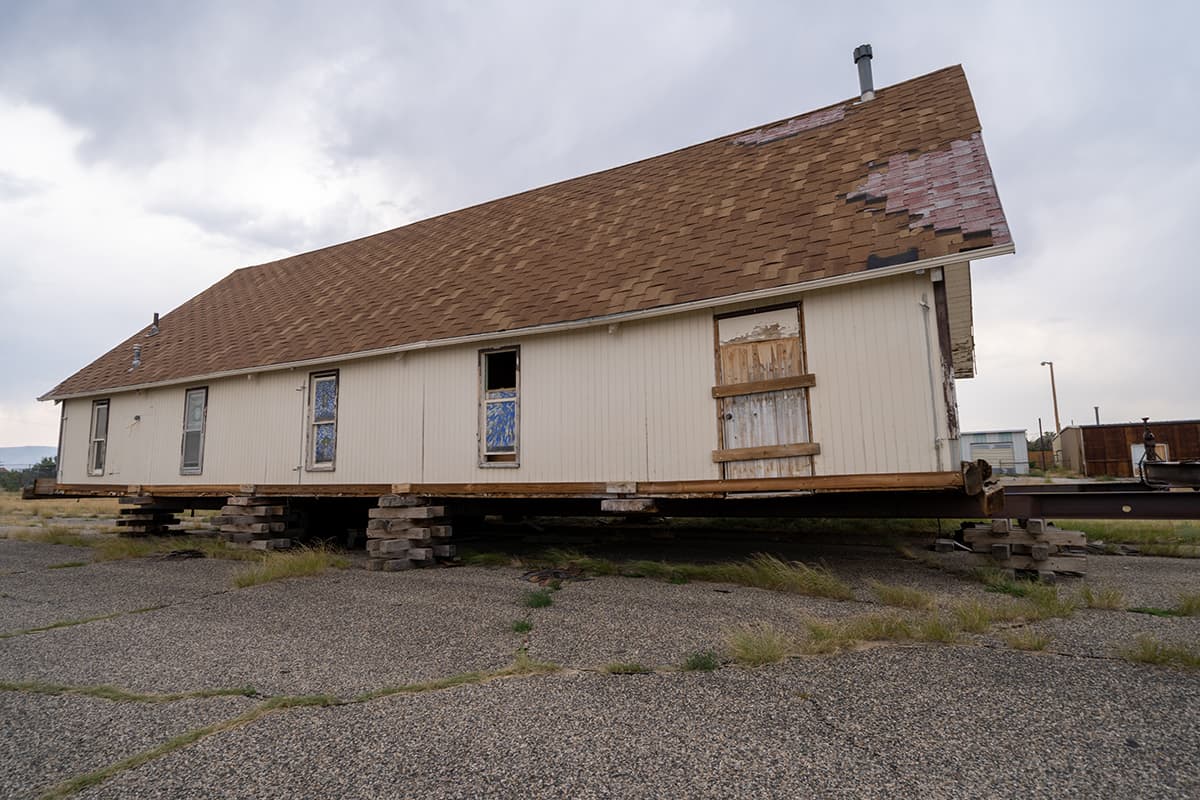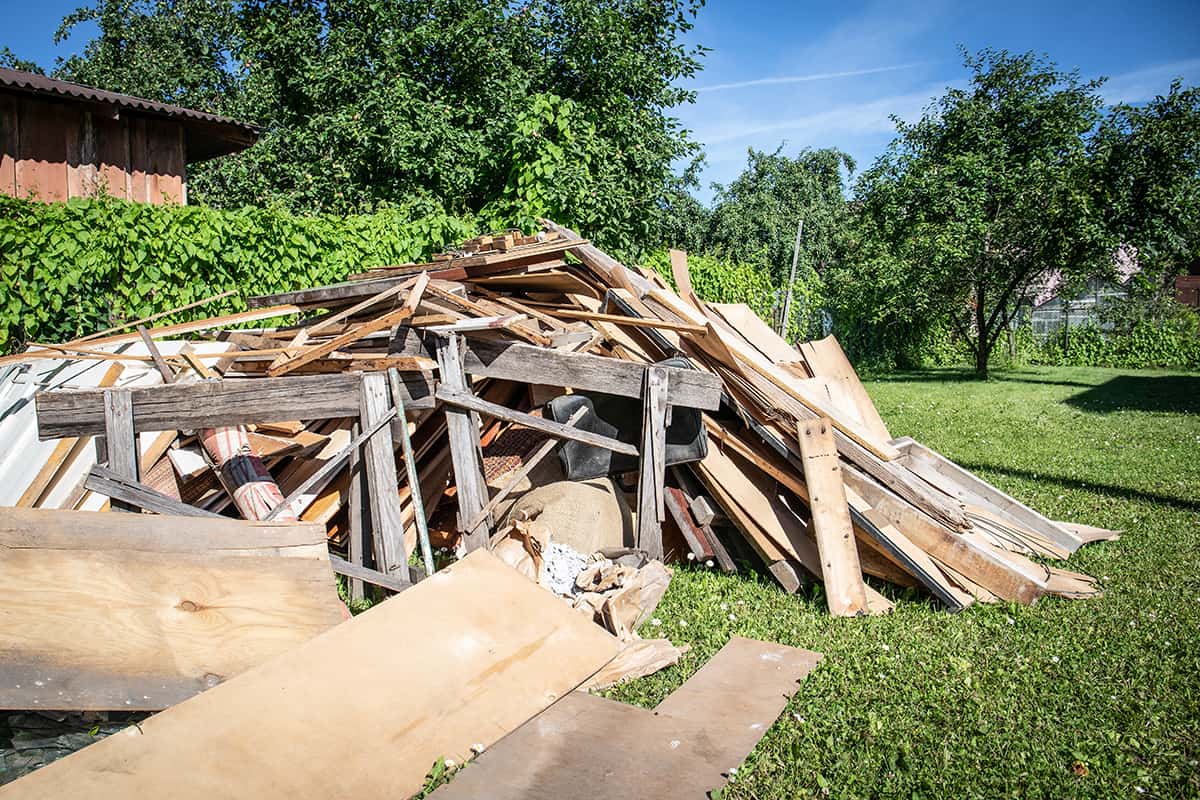Lifting a house provides a solution to numerous issues a homeowner may face and can be achieved to varying degrees depending upon your needs. Here we will look at what is involved in lifting a house, why you may need to lift a house, and the preparation involved in lifting a house.
Why Lift a House?
Lifting a house is something that might be necessary to protect the integrity of your home, or it might be something you choose to do as a means of increasing the square footage of your home. Common reasons people choose to lift their home include:
Adding a basement or garage
By lifting a home off the ground, you are able to install a new structure beneath it. This could be a basement or an underground garage. In this way, you can extend the amount of space in your home without having to extend it outwards.
This gives you extra square footage without having to build out onto your garden and sacrifice your outdoor space. You may want to add a basement to create a home gym, a home office, or a separate suite for teenagers or elderly relatives to live in and have their own private space.
Replacing the foundation
If your home is old, you may be aware that the house foundations aren’t adequate enough to support your house long-term. Signs of this can include cracks in the walls or damp issues at ground level.
The reason for this is most commonly that building regulations simply weren’t up to the standard they are today, and so to future-proof your home and ensure it is structurally sound for decades to come, you could replace the foundation.
This can be a good option if you have a historical property you want to preserve, or you are emotionally connected to your home and would prefer to lift it up and replace the foundation rather than knock it down and start again.
To replace the foundation, you will need to lift the house, demolish the existing foundation, and have a professional contractor install a more suitable foundation.
Repairing drainage
There are many important pipes and systems which run underneath our homes, and if these go wrong, they can cause significant disruptions and even damage. Homes which have crawl spaces are great in this sense because you can get underneath your property and access pipes to resolve any drainage or water supply issues.
If your home is on a slab foundation, this won’t be possible, and instead, to access these pipes, you will need to lift the house.
Protection against natural disasters
In certain areas, lifting a house to make changes that will protect it against natural disasters has become common practice. In earthquake-prone areas, retrofitting a home’s foundations to ensure it meets the local seismic standards is the best course of action you can take to prevent your home from sliding off the foundations in the event of an earthquake.
Although it is not possible to completely protect property from earthquake damage, seismic retrofitting will give your home the best possible chance of surviving an earthquake intact.
For areas where hurricanes are common, the best practice is to lift a house to the recommended ‘Flood Protection Elevation’ level. This can help your home to survive floodwaters in the event of a hurricane and protect your belongings against water damage.
Lifting homes for this purpose have become commonplace on the east coast of the US, particularly in Florida, which suffers a high level of hurricanes.
Move location
A less common reason why people choose to lift their home is to port it to a new location. This can be necessary if, for instance, your current home is on a piece of land that is dangerously close to a cliff’s edge or a receding coastline.
Rather than build a new home on a different plot of land, some people choose to lift their existing home and have it moved to a more suitable location.
Preparing for a House Lift
If you are going ahead with a house lift, then there are steps you can take to ensure the project runs smoothly.
Hire a reliable contractor and professional home lifters
You will need a general contractor as well as a specialized home lifting company. The home lifters will have the expertise required to get everything in order prior to lifting your home, and they will perform the actual home lifting with all of the specialist tools and materials required.
You should agree on a contract with the home lifting company, which will specify the exact measurements your home should be lifted, along with a schedule and a price agreement.
Outside of lifting the home and positioning it back where you want it, the lifting company will typically have no responsibilities.
If you are having new foundations laid, or a basement installed, or pipes repaired, you will need a general contractor to perform these steps. Your general contractor can also be responsible for obtaining the necessary permits and liaising with utility companies.
Remove decks, steps, and verandahs
Fixtures that are joined to the outside of your home will need to be removed or demolished before the house lift takes place. These cannot be lifted as part of the house, and if you are raising the height of the house, then these will not be of use when the project is complete anyway.
Leaving these types of structures in place can create more work for the house lifting team and result in your project taking longer and costing more money, so it is better to remove these yourself beforehand.
Clear shrubbery
Any shrubs, trees, or plants that are close to the house will need to be cleared as these could impede the access to the house that the home lifters will need. It is best to excavate any landscaping around the entire perimeter of the house before the lifting begins.
Remove fences
Fences that are installed close to the property will need to be removed so that the home can be accessed from all angles. Fences that are not in the way of machinery accessing the home can remain in place.
Secure vulnerable belongings
When you are having a home lifted, it will be done very slowly and steadily. You should not ordinarily need to secure any of your furniture or belongings.
However, if you have any belongings which are especially precious or prone to breakage, such as glass ornaments, then it wouldn’t hurt to wrap them in bubble wrap and box them up, or alternatively, you could temporarily remove them from the home.
Lifting a House with Jacks
To lift a house, steel beams will need to be inserted beneath the property’s joists. There will be two sets of steel beams; one which runs perpendicular to the joists of the home and the second which runs underneath the first set, in line with the original joists.
Jacks will be placed under the beams. Screw jacks can be used, which are operated manually, or some lifting companies use hydraulic jacks.
A house is a very complex jigsaw containing a frame, interior and exterior walls, wiring, plumbing, residential flooring, fitted kitchens and bathrooms, and many other types of materials. In order to ensure all of these parts remain in place when the house is lifted, the process needs to be completed very slowly.
Some lifters recommend that a property should be lifted very gradually, at a height of just one-eighth of an inch each day. This would mean that it could take as many as eight days just to lift a house by one inch.
This will prevent disturbance to the structural integrity of the home as much as possible. However, it is possible to lift a house by as much as 12 feet, which would need to be the case if you were leading the home onto a truck to move it to a new location.
In this instance, lifting a home by just an eighth of an inch per day will take an unreasonable amount of time, approximately 192 days, or over 27 weeks.
House Lifting FAQs
How much does lifting a house cost?
Typically a house lift will cost anywhere between $1000 and $5000, though this can vary depending on your location and the size of the house. Extra fees include permits and the additional building work you are embarking on, such as a new foundation or a new basement level.
Do I need permission to lift a house?
Yes, in most areas, you will have to obtain permits from the necessary local authorities in order to have your house lifted. This will involve notifying the required parties and paying the set fees.
How long does lifting a house take?
This will depend on the reason you are lifting your home and how high you need it to be lifted. Most major house lifting projects will be completed in around 12 to 16 weeks, and you will need to vacate your home during this time.
